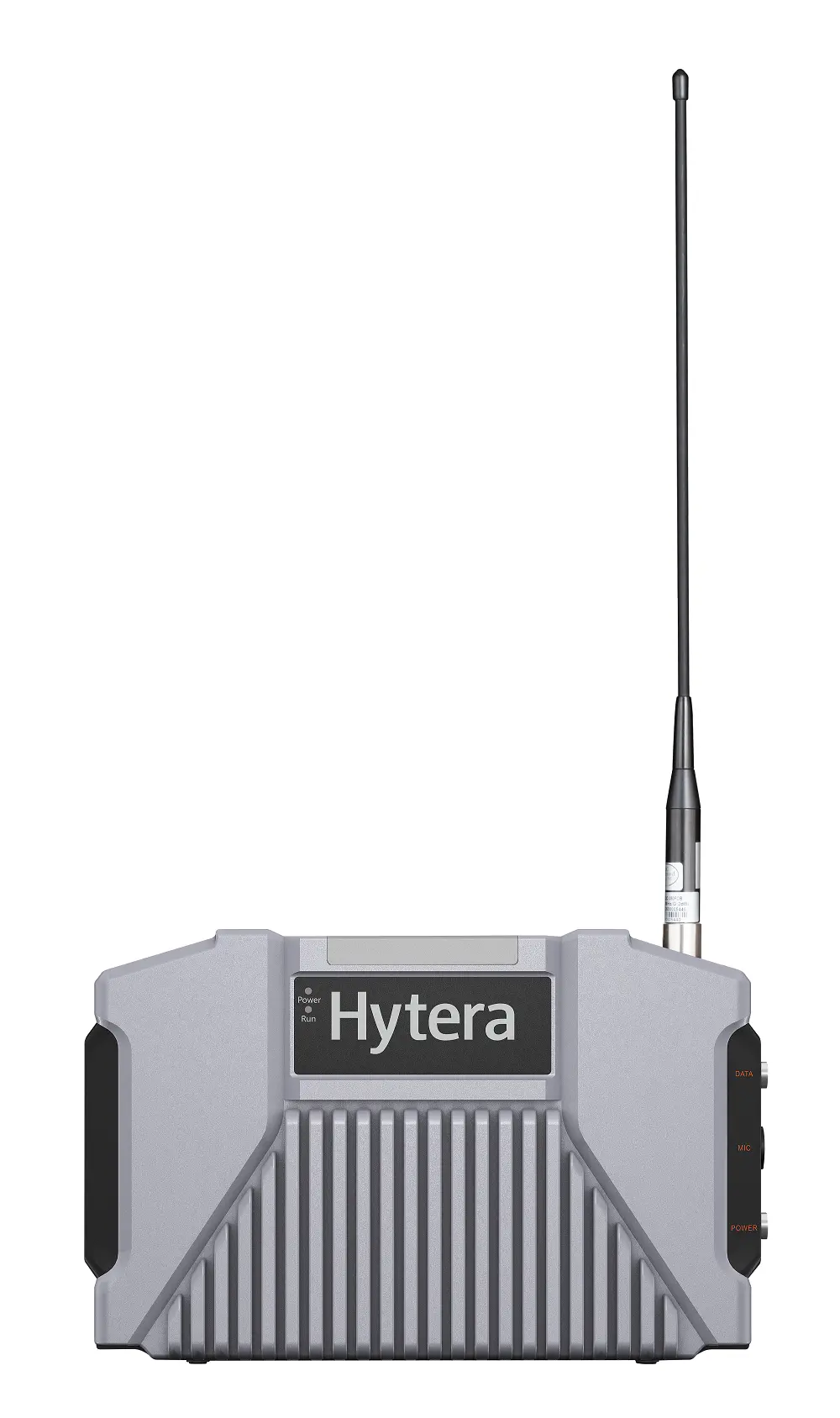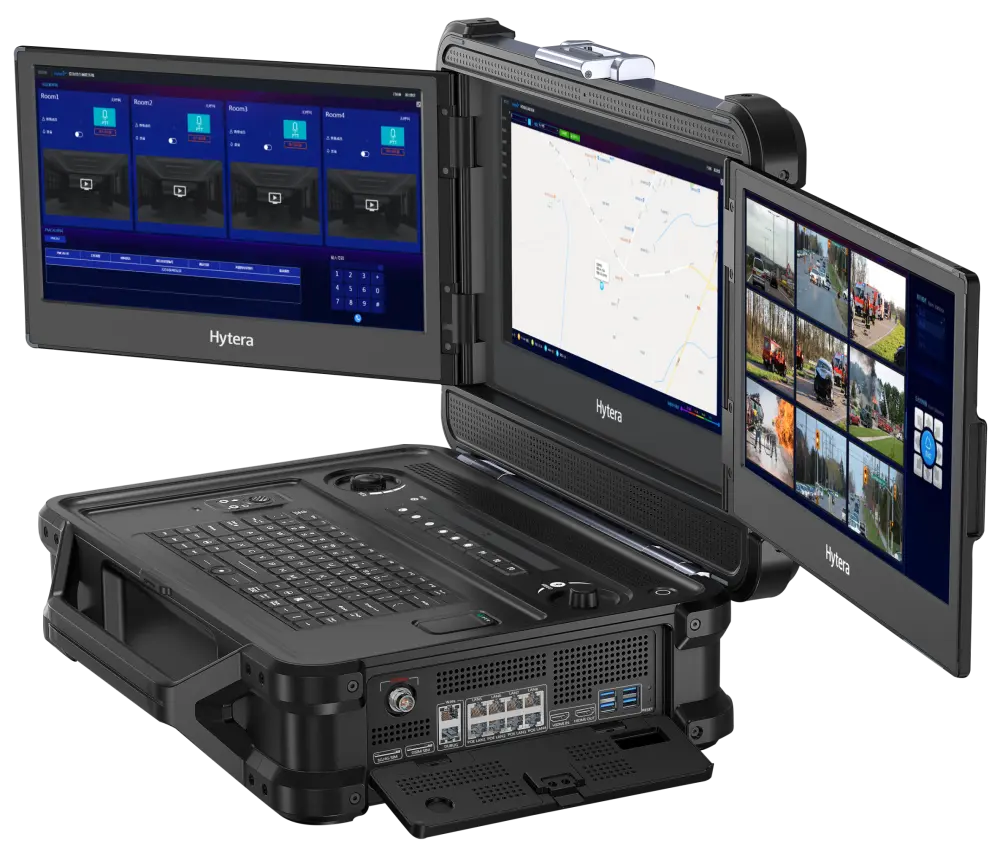One of mankind's most significant discoveries, fire has promoted human evolution and brought us light and warmth. However, an uncontrolled fire will bring us loss of lives and property.
Fire, especially fires which occur in urban tall buildings, has become one of the most commonly threats to public security.
To effectively put out fires in the urban high buildings, it requires not only trained and brave firefighters armed with professional devices, but also smooth and timely communication among the HQ command and control center, on-site command and control center and firefighters in the field. New requirements are requested to ensure timely and reliable emergency communication.
Three major challenges to emergency communication during high-building fire rescue
Most urban buildings have more than 10 floors. In modern cities, an increasing number of skyscrapers with over 100 floors or hundreds of meters are being built. When a tall building with complex structure and dense population catches fire, it is difficult to control the fire and evacuate people because the fire spreads rapidly.
In such a scenario, instant and smooth voice and video communication among firefighters, on-site commanders, and HQ command and control center is the key to saving lives. This raises new challenges in regards to emergency communication.
Challenge 1: Timeliness
When a tall building catches fire, the public network communication system could break down. A fast response and rapid rescue are required to be conducted in order.
Challenge 2: Abruptness
Tall building fires occur without any signs in general. Once it happens, it spreads quickly, covers a wide range, and is destructive. To repair and deploy networks in such a harsh environment, the rescuers must cope with changes and coordinate resources quickly.
Challenge 3: Serious signal blocking especially in underground
Typically speaking, signals are severely blocked on multiple underground, garage floors obstructing aboveground interconnectivity in tall buildings. Therefore, stable and strong on-site signals and vertical trunk extension are required.
Hytera Integrated Emergency Communication Solution Meets New Demands in the Firefighting Industry
As a global leading provider of professional and private wireless communication equipment and solutions, Hytera provides an integrated emergency communication solution for firefighting. When fire occurs, the solution helps guarantee on-site voice communication, establish an on-site command and control center. Hytera integrated communication solution can guarantee on-site emergency communication through the following aspects:
1. Aboveground Area Network Coverage
When an urban tall building catches fire, firefighters can carry and deploy digital wireless ad-hoc repeater E-pack based on the on- site circumstances and press the battery button to power on the device to ensure signal coverage and device interconnection, forming a unified voice communication network.

E-pack supports real-time locating, and up to 31 E-pack devices can be cascaded. The coverage range of a single E-pack can reach more than 10 kilometers which is based on the real circumstances.

In addition to narrowband voice communication, on-site rescue workers can carry broadband network devices iMesh to deploy on-site broadband transmission links. iMesh devices form networks within 1 minute of power-on. One iMesh can cover up to 32 nodes. The iMesh can interwork with multi-mode radios and body worn cameras or other video recorders to transmit on-site videos to the on-site command center in real time, enabling commanders to make decisions.
In urban tall building fire rescue scenarios, three or four E-pack devices can ensure voice network coverage in aboveground areas. In 2019, Hytera tested the coverage of E-pack and iMesh in the Ping An International Finance Centre in Shenzhen China (118 floors aboveground and 5 floors underground). The test results showed that six E-pack devices (four aboveground and two underground) can ensure voice network coverage of the whole building and two wall-mounted iMesh V and four iMesh P products (four aboveground and two underground) can ensure broadband network coverage of the whole building. On-site voice and video data can be transmitted to the remote command center in a timely manner.
After emergency communication personnel arrive at the site, they can use portable carts to deploy broadband LTE base stations to the site in 5 minutes, which ensure 4G private network signal coverage and smooth on-site operations, such as rescue worker grouping and dispatching
2. Underground Area Network Coverage
Typically, urban tall buildings of tens of or hundreds of meters in height have concrete structures in the underground area, which seriously block aboveground network signals. Firefighters can deploy one E-pack at the underground entrance to ensure network coverage in the underground area. This E-pack can wirelessly connect with the one deployed on the first floor to ensure voice communication between the aboveground and underground areas through the same network.
3. On-site Command and Control Center
Multiple E-pack devices rapidly form an on-site temporary emergency communication network, to provide voice communication for rescue firefighters in the field.
Multiple iMesh devices provide broadband links to transmit on-site images and videos in real time, giving commanders a more thorough basis for making decisions.

Both voice and video data can be transmitted to the on-site command center (E-center). The E-center has three sides of thin screens to display the map, voice dispatch information, and video surveillance separately. Commanders can control on-site rescue worker distribution, monitor on-site videos, command and dispatch rescue groups, allocate resources, and adjust operation solutions. The E-center can transmit on-site information to the remote command center, to help the general commander to control the progress of on-site rescue and allocate resources in a timely manner, ensuring cascaded command.
Hytera Will Cooperate with Customers to Build Safer Cities
Hytera has more than 20 years of experience in the private network, and has an in-depth understanding of firefighting in the new era, which allows Hytera to provide an integrated emergency communication solution. This solution integrates the most advanced and mature emergency communication technologies to meet the requirements of firefighting communication, such as the broadband LTE, narrowband DMR, broadband mesh, narrowband ad-hoc networking, and integrated communication command and control technologies.
With abundant and flexible product packages, diversified business, professional and reliable network coverage, efficient and smart command and control, Hytera integrated emergency communication solution guarantees urban fire rescue for Gansu General Fire Brigade, Zhengzhou Fire Brigade Team, Guiyang Fire Brigade Team, and Taiyuan Fire Brigade Team. Hytera will work with customers to respond to natural disasters, accidents, and social security and public health events to build safer cities.


